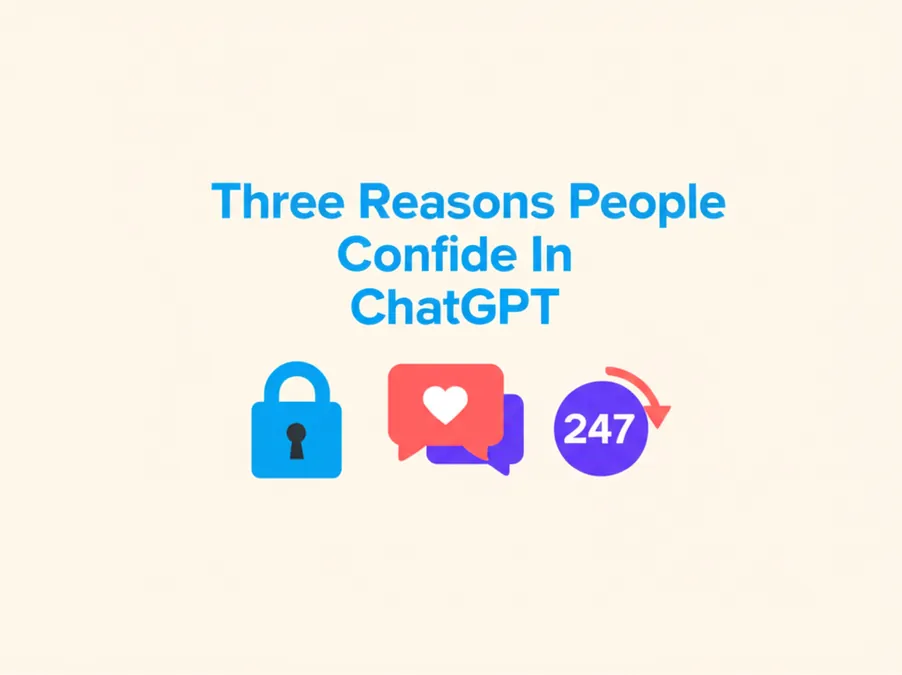Developer Offer
Try ImaginePro API with 50 Free Credits
Build and ship AI-powered visuals with Midjourney, Flux, and more — free credits refresh every month.
How Indonesian Users Are Redefining ChatGPTs Purpose
Beyond the Code How Users Shape AI
A recent study sheds light on the fascinating relationship between people and artificial intelligence, specifically focusing on how users in Indonesia are experiencing and interpreting ChatGPT in their daily lives. The research moves beyond a purely technical view of AI, suggesting that its true value isn't just programmed in—it's co-created by the people who use it.
A New Perspective on Human-AI Interaction
Using a concept known as affordance theory with a socioconstructivist approach, the study investigates how we perceive, adapt to, and give meaning to ChatGPT's abilities. This means that what an AI can do (its affordances) is not set in stone. Instead, these possibilities emerge based on a user's unique intentions, context, and even social interpretations from online communities. The research team employed a qualitative descriptive method, including light netnographic observation, to analyze how users were talking about and using the tool in digital spaces.
The Many Faces of ChatGPT User Perceptions
The findings revealed a rich and varied landscape of user perceptions. Far from being a simple tool, ChatGPT is seen in several distinct roles:
- A Thinking Assistant: Helping users brainstorm, organize thoughts, and break through mental blocks.
- A Productivity Enhancer: Streamlining work, drafting content, and improving overall efficiency.
- A Confidence Booster: Acting as a safe space to practice communication or refine ideas.
- A Reflective Partner: Offering a form of companionship or a sounding board for personal thoughts, particularly in moments of solitude.
These roles are shaped by a wide range of motivations, from practical needs like improving work performance to more personal ones like overcoming cognitive barriers or seeking emotional support.
Co-Creating Value in the Digital Age
This dynamic interaction between technology and human agency is at the heart of the study's conclusions. It highlights how our lived experiences actively construct both the functional and symbolic value of AI. This research challenges deterministic views of technology, which often assume that a tool's purpose is defined solely by its creators. Instead, it demonstrates that the perceived value of AI is a collaborative effort, co-created through our day-to-day engagement. It’s a powerful reminder that we are not just passive consumers of technology but active partners in shaping its place in our world.
About the Research
This summary is based on an open-access research article by Haqqu, Zahrani, Ersyad, Wulandari, and Adrio from Telkom University. The original work is distributed under the terms of the Creative Commons Attribution License (CC BY), which permits use and distribution provided the original authors are credited.
Compare Plans & Pricing
Find the plan that matches your workload and unlock full access to ImaginePro.
| Plan | Price | Highlights |
|---|---|---|
| Standard | $8 / month |
|
| Premium | $20 / month |
|
Need custom terms? Talk to us to tailor credits, rate limits, or deployment options.
View All Pricing Details

